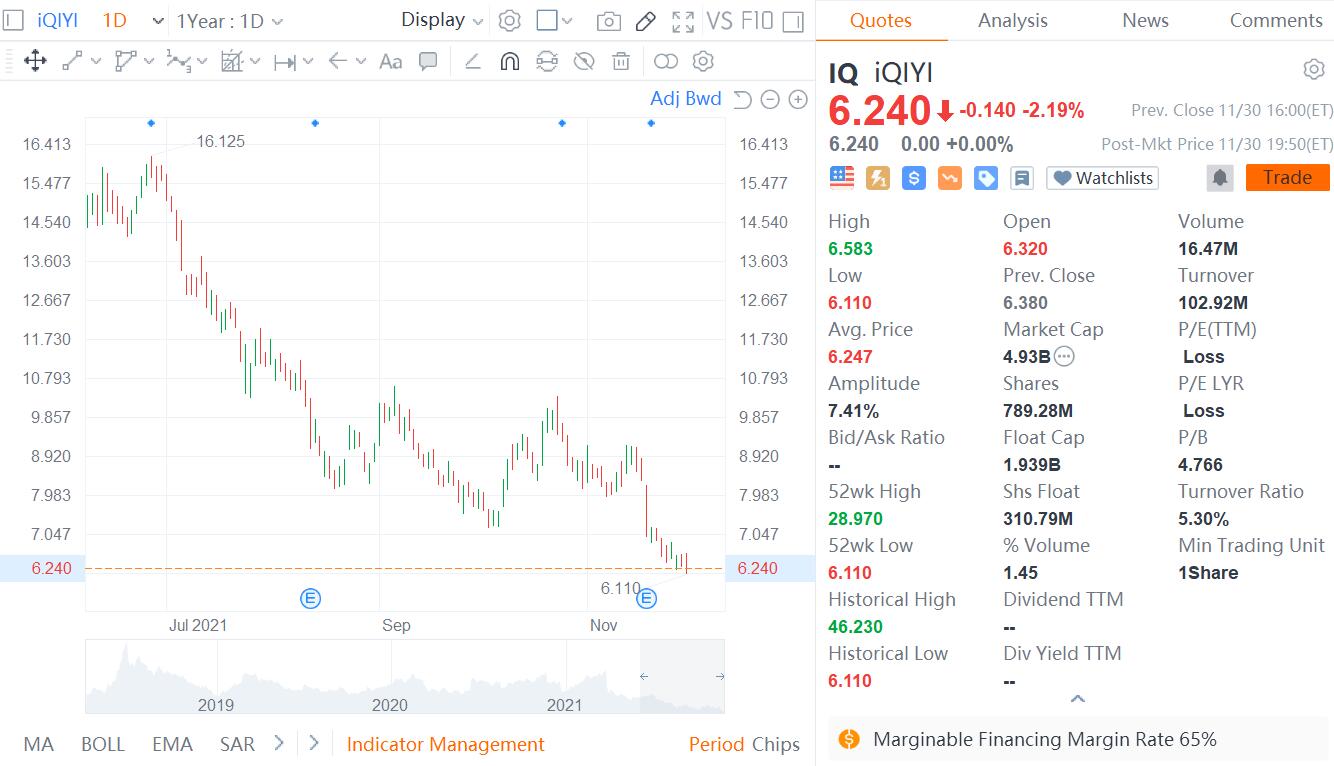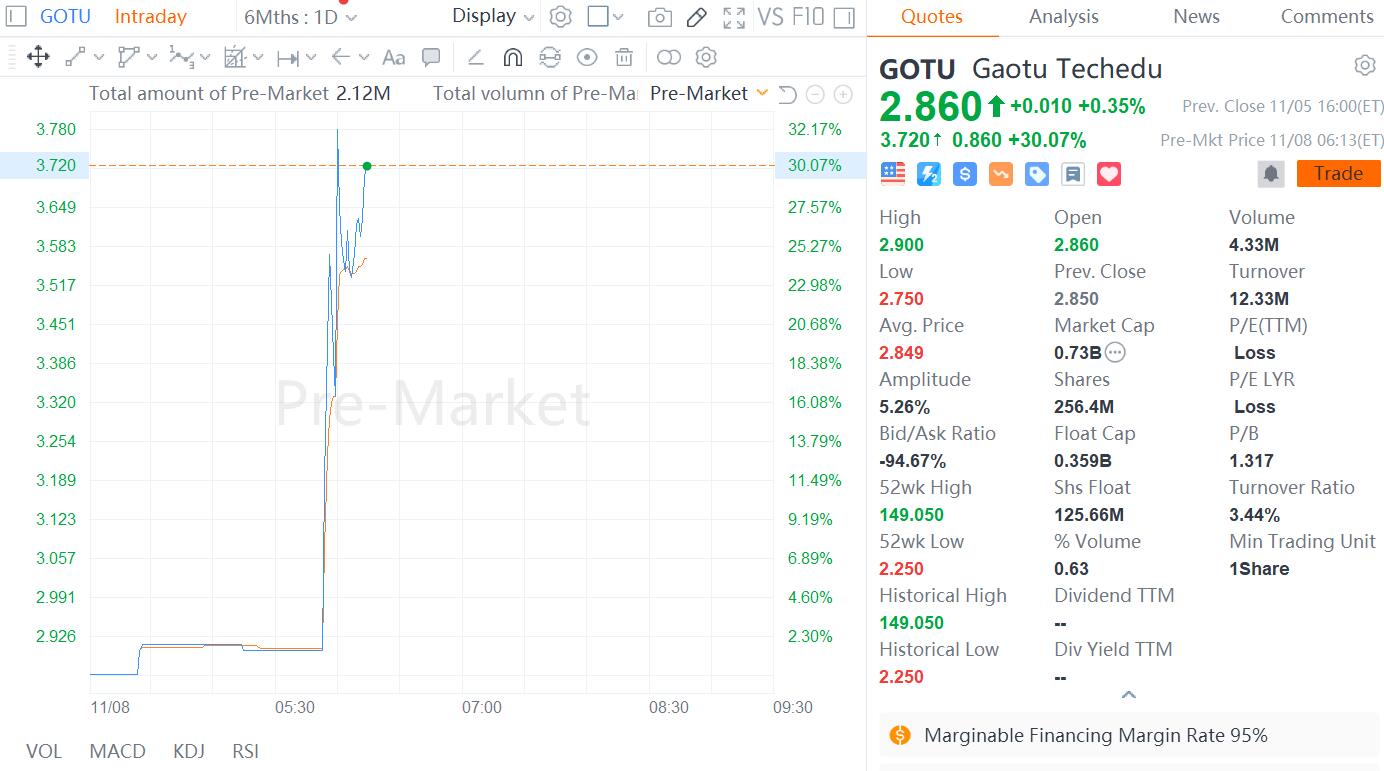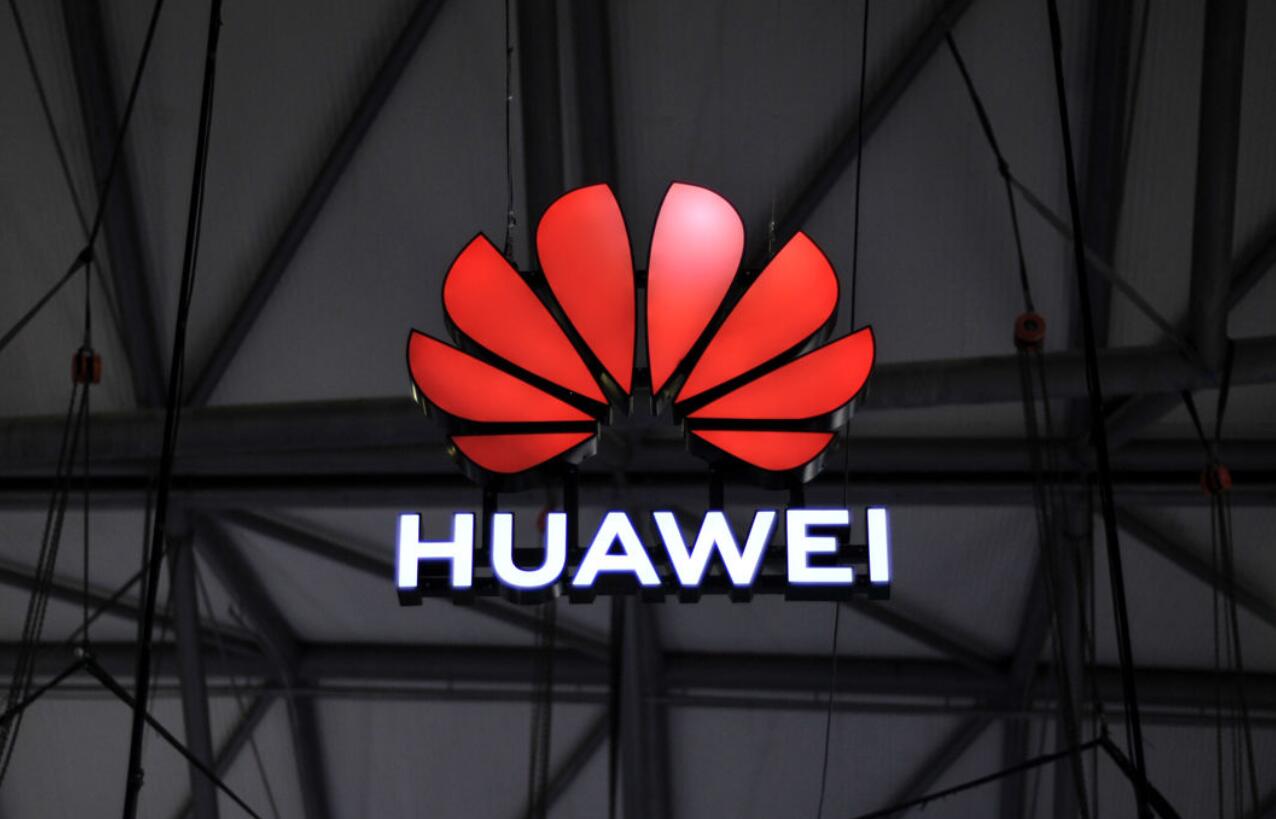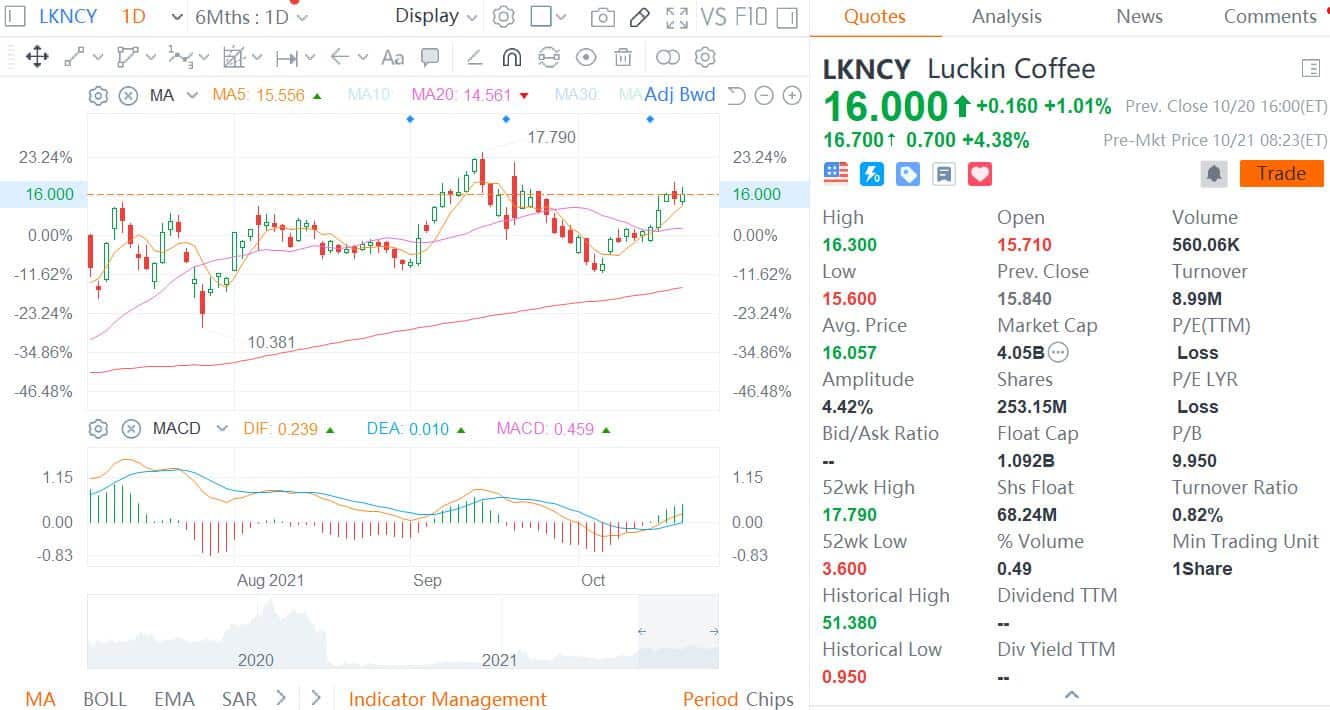
(Photo: Unsplash)
Special Report: Fighting The New Coronavirus
"We are flying while building aircraft," Gregory Poland, editor in chief of the scientific journal Vaccine described the urgency and high risk of developing a new coronavirus vaccine at a seminar on new coronavirus vaccines held recently.
As the epidemic continues to spread globally, people are looking forward to more effective vaccines. However, no matter how urgent the need is, due to safety considerations, the development of new coronavirus vaccines has to "have to be slow" and cannot cross the scientific process of vaccine design and production.
Know enough about viruses
Since the early embryo of the vaccine, vaccinia vaccination, was born in the 18th century, the vaccine has become a solid "protective shield" for humans to fight the virus. Smallpox, measles, polio, hepatitis B and other infectious diseases that have raged around the world have been effectively controlled through vaccination.
However, vaccine research and development is a time-consuming, high-risk, high-investment task that requires preliminary design, animal experiments, and a total of three clinical trials.
Depending on the type of virus and the technology used, it can take as short as three to five years and as long as ten years. The WHO Director-General Tedros Adhanom Ghebreyesus said in February that the new coronavirus vaccine is expected to be "ready" within 18 months. This is already quite fast.
To develop a vaccine, we must first understand the virus itself. Although we do not yet have a comprehensive understanding of new coronaviruses, scientists do not completely "start from scratch". The research experience of other coronaviruses is the basis.
"The new coronavirus is the third coronavirus that has spread to humans on a large scale through animal transmission in the past 18 years. With experience in dealing with severe acute respiratory syndrome (SARS) and the Middle East respiratory syndrome (MERS), we have established Relevant technology platforms have accumulated available data.
This allows us to learn more about the new coronavirus and obtain the virus sequence. Its receptor crystal structure has been resolved and identified as the "angiotensin converting enzyme 2 (ACE2)" receptor. We also have candidate vaccines based on SARS. . "Poland said.
Studies have found that the new coronavirus mainly infects humans by binding to the human ACE2 receptor through spike proteins on the surface of the virus. Spike protein is like a "key", and ACE2 receptors on the cell are like a "lock".
Only when the key is unlocked can the virus enter the cell. So the main goal of developing a new coronavirus vaccine is to prevent the "key" from being unlocked to prevent the virus from infecting cells.
Based on the viral genome sequence provided by China, researchers at the University of Texas at Austin and the National Institutes of Health used cryo-electron microscopy to reconstruct the 3D conformation of the spike protein on the surface of the new coronavirus at the atomic scale.
Researchers at Tsinghua University, West Lake University and other institutions also analyzed the crystal structure of the spike protein and ACE2 complex.
These studies have provided the basis for identifying the main targets of vaccines and helped to find more precisely the mechanism that prevents "key unlocking".
New technology security needs to be tested
In addition to understanding the virus, improving vaccine preparation technology is also challenging. We can think of a vaccine as a virus or part of a virus that has been "transformed" by inactivation, attenuation, and other means.
It can stimulate the body to produce an immune response, which in turn produces protective antibodies and immune memory against the virus but does not make people infected with the virus.
When the human body encounters a live virus again after being stimulated, the immune system that has already undergone the "exercise" can quickly respond and wipe out the virus.
Vaccine preparation technology has undergone multiple "evolutions". The most common vaccines are the first-generation live attenuated vaccines and inactivated vaccines, which are easy to make and have good immune effects, but the components are complex and there is a risk of virulence recovery after vaccination.
The second-generation vaccine includes polysaccharide vaccine, subunit vaccine and peptide vaccine. It has a single component and high safety, but its immune effect is relatively low.
The third-generation vaccine is a gene vaccine and a genetically engineered vector vaccine represented by a DNA vaccine and a messenger RNA (mRNA) vaccine.
Tan Desai said recently that more than 20 new coronavirus vaccines are currently being developed worldwide. Live attenuated vaccines, subunit vaccines, and gene vaccines are the current technological pathways used by institutions to develop new coronavirus vaccines.
The first batch of new coronavirus vaccines for clinical trials produced by American biotechnology company Modena has adopted the third-generation vaccine technology.
This technology can use mRNA to induce the immune system to respond to proteins in pathogens, but at present no finished mRNA vaccine has been released in clinical trials around the world, and its safety and effectiveness need to be tested.
There are many risk factors that cannot be ignored in vaccine development. For example, experts are generally concerned about the "disease enhancement" problem, that is, the vaccine may make the vaccinated population more sensitive to the next infection or other viral infections.
In addition, researchers also hope to introduce international standards for measuring vaccine effectiveness, such as the ability to find biomarkers in the blood that reflect antibody levels.
In addition, after the vaccine is developed, whether it can be produced on a large scale, the convenience of storage, and the convenience of transportation will also directly affect the "schedule" of people's final vaccination.
But if the new coronavirus becomes a seasonal epidemic, the development and promotion of vaccines will become the most important control measures.
"When we encounter these new viruses, especially coronaviruses, the long-term hope for prevention and control lies in vaccines. In other words, to prevent infection, not just rely on treatment."
Poland said, "Coronaviruses, especially beta coronaviruses (of which the new coronavirus belongs), will not disappear soon."









